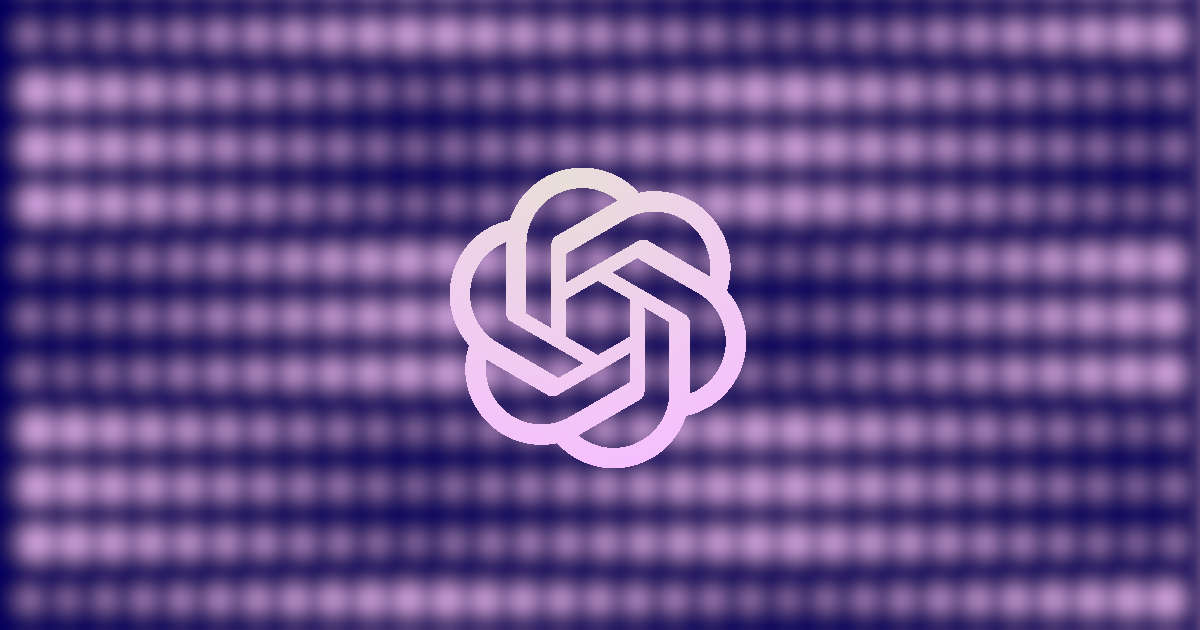CHAT GPT AI-Assisted Mind Mapping and Flowchart Drawing Tutorial
-

CHAT GPT can serve as an auxiliary tool to assist us in creating mind maps and flowcharts. Below is a tutorial on using CHAT GPT to aid in mind mapping and flowchart drawing:
Mind Mapping Tutorial:
-
Determine the Central Theme: First, identify the central theme or core concept of the mind map. This will serve as the central node of the mind map.
-
Provide Keywords: Engage in a conversation with CHAT GPT and supply keywords or key phrases related to the central theme. CHAT GPT will generate branch nodes associated with the central theme based on this information.
-
Expand the Mind Map: Gradually expand the mind map by providing additional keywords or key phrases to CHAT GPT to generate more branch nodes. You can delve deeper into different branches as needed.
Organizing and connecting nodes: Based on the logical relationships of the mind map, organize and connect the nodes generated by CHAT GPT. Link related nodes to form an organic mind map structure.
Marking and annotating: To better understand the content of the mind map, you can use the nodes generated by CHAT GPT for marking and annotating. This helps further explain and clarify the meaning and connections of each node.
Flowchart drawing tutorial:
Determine the start and end points of the process: First, identify the start and end points of the flowchart. These will serve as the initial and final nodes of the flowchart.
Describe the process steps: Engage in a conversation with CHAT GPT to describe each step of the process. CHAT GPT will generate corresponding process nodes based on the description and provide the following information as needed: node names, operation steps, conditions, decisions, etc.
Connect the process nodes: Based on the logical relationships of the process, connect the process nodes generated by CHAT GPT. Use appropriate arrows to indicate the flow and dependencies of the process.
Adding Decision Nodes: If the process involves decisions, you can use ChatGPT-generated nodes to add decision nodes. Include the decision conditions and possible branch paths in the flowchart.
Optimization and Adjustment: Review the flowchart generated by ChatGPT and make optimizations and adjustments. Ensure the flowchart's logic and clarity, adding, deleting, or modifying nodes as needed.
Using ChatGPT to assist in creating mind maps and flowcharts can improve efficiency and accuracy. However, it's important to be aware of ChatGPT's limitations. As a model trained on vast datasets, it may be influenced by information biases or errors. Therefore, when using ChatGPT-generated mind maps and flowcharts, always maintain your own judgment and editing capabilities to ensure the diagrams' accuracy and completeness. It's best to treat ChatGPT's output as an auxiliary tool rather than relying on it entirely.
ChatGPT AI: https://ai.cy211.cn/
-
